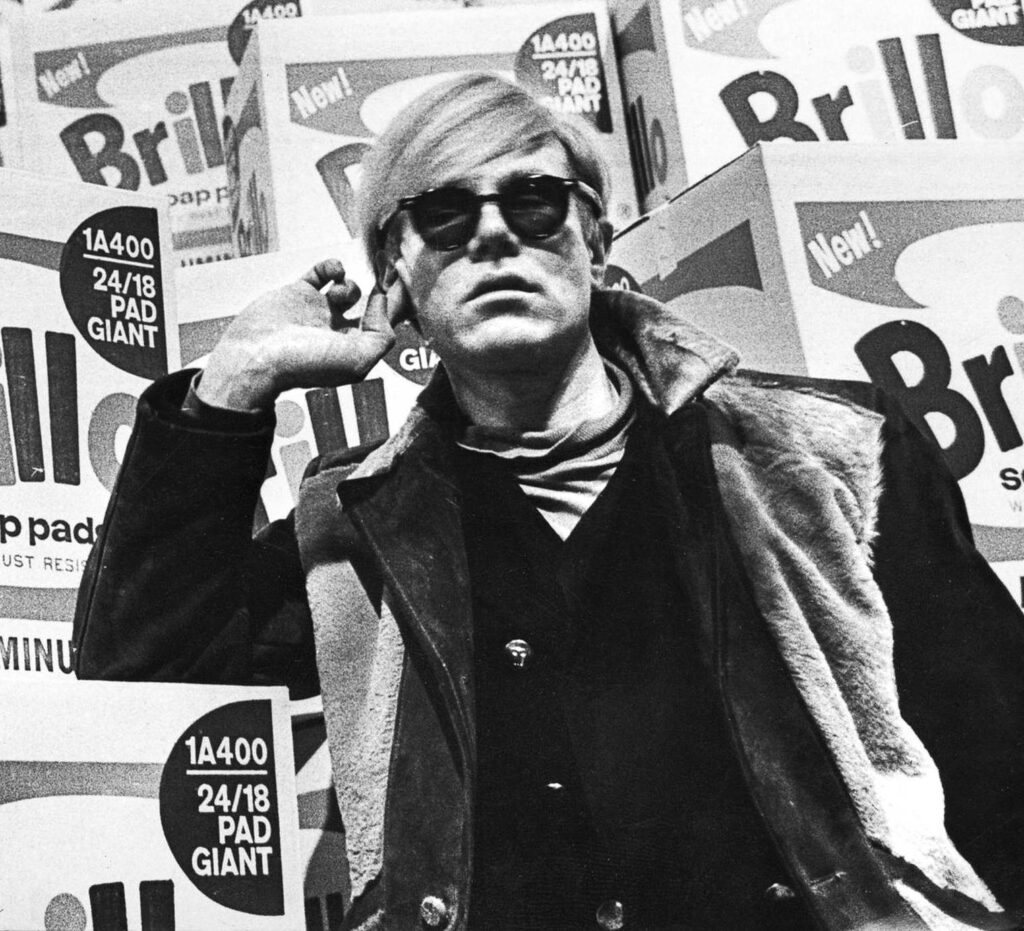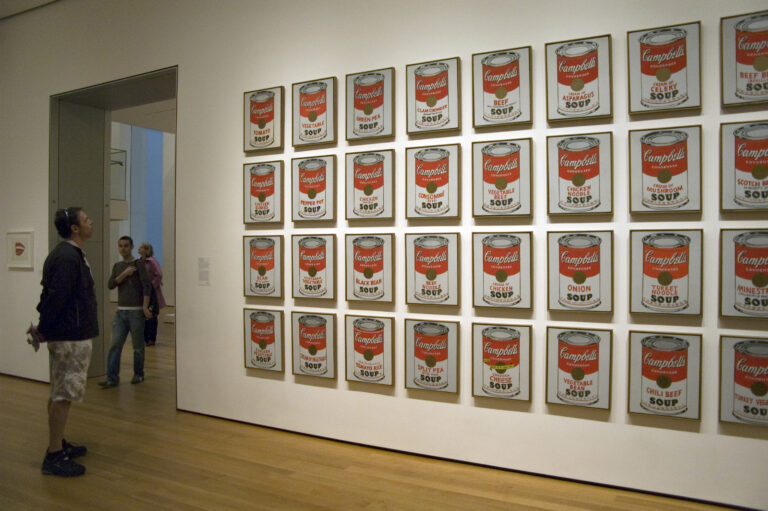Andy Warhol, the iconic figure in the world of contemporary art, had an unparalleled ability to transform everyday objects into profound works of art. While it’s challenging to pinpoint a single favorite painting, as Warhol’s body of work is vast and diverse, one of his most celebrated pieces that encapsulates his artistic philosophy is undoubtedly “Campbell’s Soup Cans.”

Created in 1962, “Campbell’s Soup Cans” is a series of 32 paintings, each depicting a different flavor of Campbell’s Soup. This body of work marked a pivotal moment in the Pop Art movement and established Warhol as a leading figure in the art world. The concept behind the series is deceptively simple – an exploration of mass production, consumerism, and the omnipresence of popular culture in American society.
What makes “Campbell’s Soup Cans” fascinating is Warhol’s distinctive approach to art, which was a departure from traditional notions. Prior to this series, the art world was dominated by abstract expressionism and the pursuit of deep, emotional meaning. Warhol, however, sought inspiration from the mundane and the ordinary, choosing subjects that were accessible to everyone. The soup cans, an everyday household item, became Warhol’s canvas, challenging the elitism often associated with art.
Each painting in the series features a different flavor of Campbell’s Soup, presented in a uniform, commercial style. The repetition of the soup cans echoes the mass production and consumer culture that defined post-war America. The meticulous detail in each can, combined with the uniformity of presentation, blurs the lines between art and commerce. Warhol was making a profound statement about the commodification of art and the infiltration of consumer goods into the realm of high culture.
Beyond the visual impact, “Campbell’s Soup Cans” is a commentary on the role of the artist in a society dominated by consumerism. Warhol embraced the idea of the artist as a machine, echoing the mass production methods employed by the commercial world. In doing so, he challenged traditional notions of artistic genius and the idea that art should be unique and emotionally charged. Warhol’s art was a reflection of the times, mirroring the shift towards a culture that celebrated the mass-produced and the superficial.
The choice of Campbell’s Soup as the subject matter was not arbitrary. Warhol himself had a personal connection to the brand, as it was a staple in his daily life. The selection of a familiar, household product further emphasized his desire to bridge the gap between high and low culture. By elevating the soup can to the status of art, Warhol was democratizing the artistic experience, inviting everyone to find meaning and value in the everyday objects that surrounded them.
“Campbell’s Soup Cans” remains a timeless masterpiece, not only for its visual impact but for the profound cultural commentary it offers. Warhol’s ability to transform the ordinary into the extraordinary and challenge established norms has left an indelible mark on the art world. The serie

